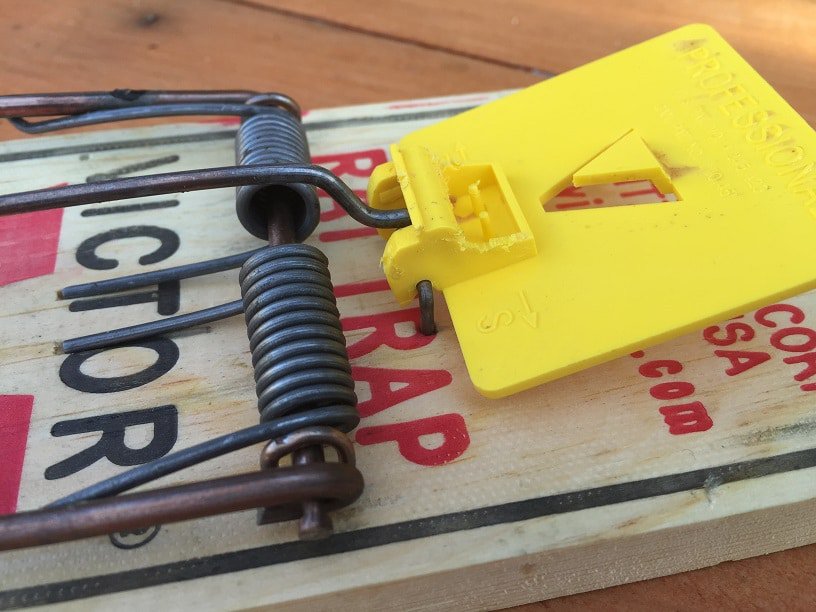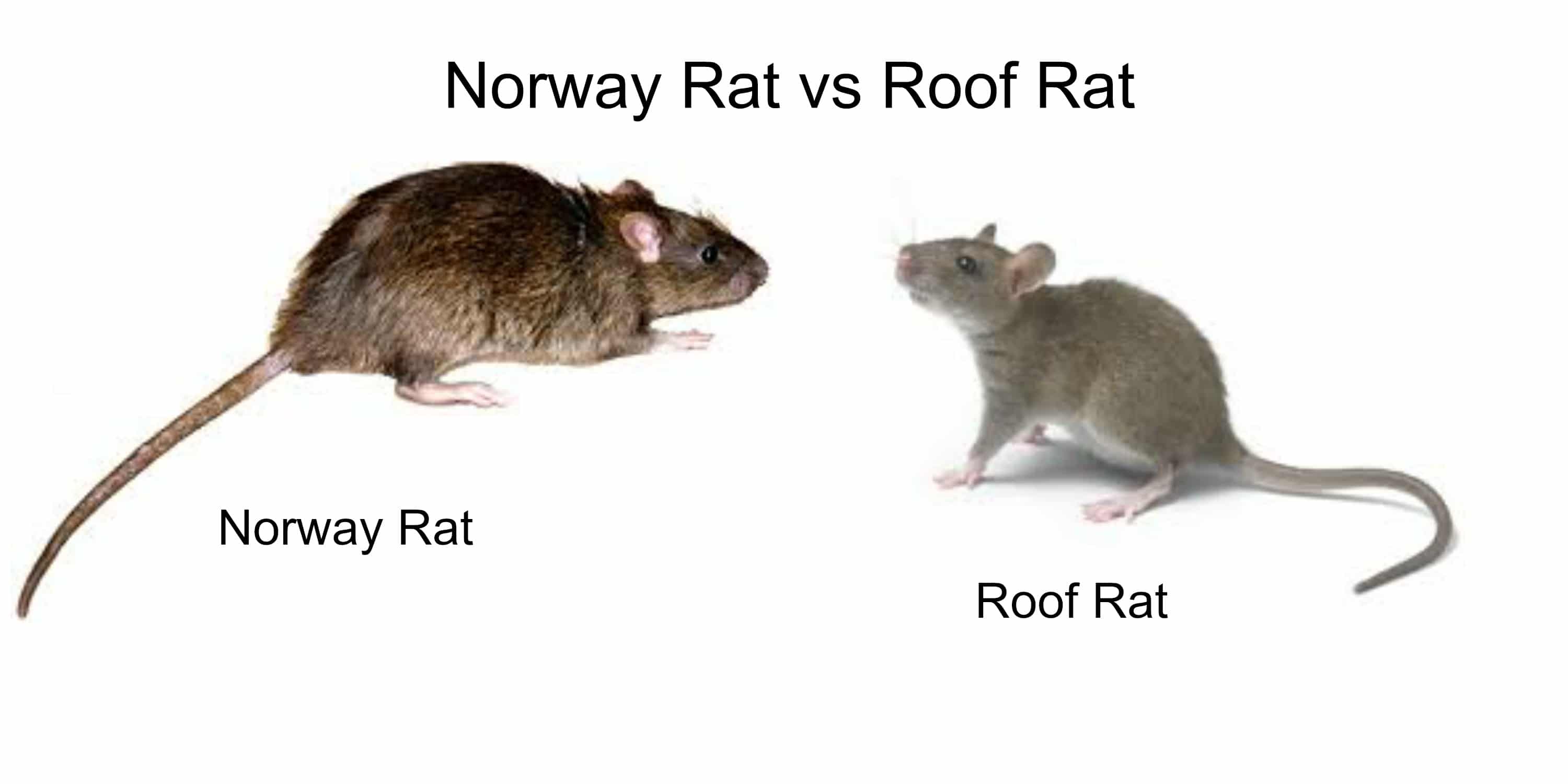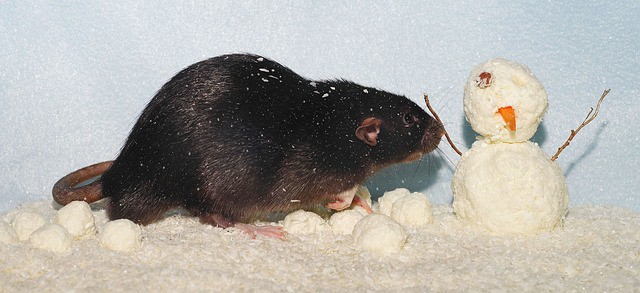Table of Contents
Sewer rats are a menace in most major cities. These rats grow larger than black rats and mice and tend to reproduce quickly. Here is what you need to know about these rodents, including what they are, how big sewer rat size can get, and, how to deal with them.
Sewer rats are common Norway Rats that have adapted to living in sewer systems. There appears to be a physiological limit to how big these rats can grow which puts a maximum size of about 12 inches and just under two pounds. There is no difference between a sewer rat, brown rat, common rat, or Norway rat. They are simply different names for the same rodent.
Why Do Rats Prefer The Sewers?
Norway rats are burrowing animals. They burrow tunnels in the ground or gather materials to build a rat nest with several tunnels. Man-made objects, such as sewers, are pre-made burrows that offer these rats all of the shelters they need.
Sewers also provide a rich source of food for these rodents. Rats love eating human waste and there is no better place to find a treasure trove than in the sewer.
The sewage system also provides access through the city, allowing rats to easily spread and explore new locations, such as your home.
More Information About These Rodents
The average size for a Norway rat is about 6 to 11 inches and they can live for up to two years.
How do you know if it’s a sewer rat? It is hard to confuse a sewer rat with a black rat or mouse. In fact, the average sewer rat size is about twice as big as a typical black rat. If you see a large rodent with dark grey or brown fur, it is likely a common sewer rat.
These rats are nocturnal creatures, which means that they tend to sleep during the day and remain active at night. The nighttime is when you may hear them crawling through your house.
Rats do not need a large opening to get into your house. If they can fit their head through a crack, they can fit the rest of their body. A small crack in the foundation is all it takes for a group of sewer rats to start burrowing into your home.
Once inside, the rats tend to prefer damp areas. They may establish their nest in your basement, crawlspace, attic, or inside the wall cavities.
When burrowing in man-made structures, they also utilize other materials, such as cotton, cardboard, lint, and insulation. They gather these materials to create nests in dark corners and other hidden spots.
Top Methods for Getting Rid of Rats
If you want to know how to get rid of sewer rats, the first step is to find their nest or where they are getting into your home.
Unfortunately, you may not always notice the nest. The droppings are much easier to spot and a sure sign that you have a rat problem.
When placing traps, try to place as many traps as you can purchase. A typical rat nest can house 15 to 20 rats while large nests may contain a couple of hundred rats. A single trap may only trap one rat. Place multiple traps, at least 15 to 20 feet apart, throughout the areas where you think rats are present.
You should also ensure that you buy traps designed specifically for rats and not mice. Mouse traps are too small to catch a large rat.
Place your traps in high-traffic areas. These are the areas where rats are more likely to travel, such as along the wall, in the corner, and behind furniture or appliances. You should also place traps in areas where you spot rat droppings.
Choosing the Right Type of Rat Trap
You also need to decide on the type of trap. The main options include:
- Snap Traps
- Live Traps
- Electric Rat Zappers
Snap traps are less expensive and instantly kill the rats. When the rat steps on the plate, the trap snaps shut, instantly crushing its neck. However, you need to use caution with these traps, as the snapping action is strong enough to break a finger or injure a child or pet.
Electric rat zappers work great and are easy to use. The only downside is that they can be a bit expensive.
Live traps are small cages that trap the rat inside. However, these cages are time-consuming when dealing with a large rat infestation.
Conclusion
The sewer rat is simply a common Norway rat that has established a nest in the sewers.
Avoid home remedies like using black pepper or ultrasonic repellents if you want to get rid of rats. Instead, go with time-tested traps and poisons.
You should also pay attention to the cleanliness of your property. Rats enter your home or business searching for food. If you make it harder for them to find food, they are less likely to stay.
Keep your place clean and the trash covered. You should also avoid leaving piles of debris in your basement and other damp areas. Cardboard may offer the perfect material for building a nest.





